Cabbage compound helps fight fatty liver
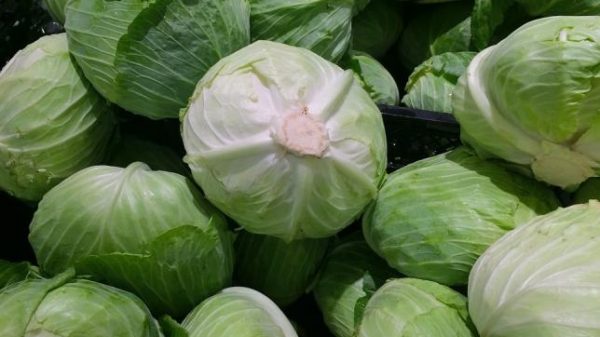
Shawdesh Desk: A natural compound found in cruciferous vegetables such as cabbage, kale, cauliflower and Brussels sprouts can help control non-alcoholic fatty liver disease (NAFLD), new research has found.
The research, published in the journal Hepatology, suggests that this natural compound called indole may lead to new treatments or preventive measures for fatty liver disease.
“Based on this research, we believe healthy foods with high capacity for indole production are essential for preventing NAFLD and are beneficial for improving the health of those with it,” said principal investigator for the study Chaodong Wu, Faculty Fellow at Texas A&M AgriLife Research in the US.
“This is another example where altering the diet can help prevent or treat disease and improve the well-being of the individual,” Wu said.
NAFLD occurs when the liver becomes “marbled” with fat, sometimes due to unhealthy nutrition, such as excessive intake of saturated fats.
If not properly addressed, this condition can lead to life-threatening liver disease, including cirrhosis or liver cancer.
Many diverse factors contribute to NAFLD.
The present study examined the effect of indole concentrations on people, animal models and individual cells to help determine indole’s effect on liver inflammation and its potential benefits to people with NAFLD.
For the study, the researchers investigated the effects of indole on 137 Chinese individuals with fatty livers.
The research team discovered people with a higher body mass index tended to have lower levels of indole in their blood.
This result will likely extend to other ethnicities, said research collaborator Qifu Li, a physician at Chongqing Medical University in China.
To further determine the impact of indole, the research team used animal models fed a low-fat diet as a control and high-fat diet to simulate the effects of NAFLD.
The research team also studied how indole affected individual cells.
In addition to reducing the amount of fat in liver cells, indole also acts on cells in the intestine, which send out molecular signals that dampen inflammation, said Shannon Glaser, Professor of Texas A&M Health Science Center.
“Foods with a high capacity of indole production or medicines that mimic its effects may be new therapies for treatment of NAFLD,” Wu said, adding prevention is another important aspect to consider.




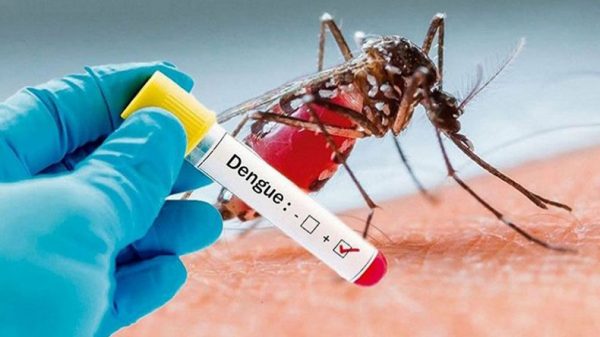


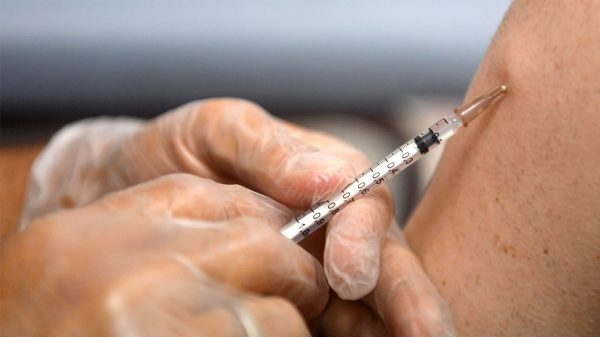






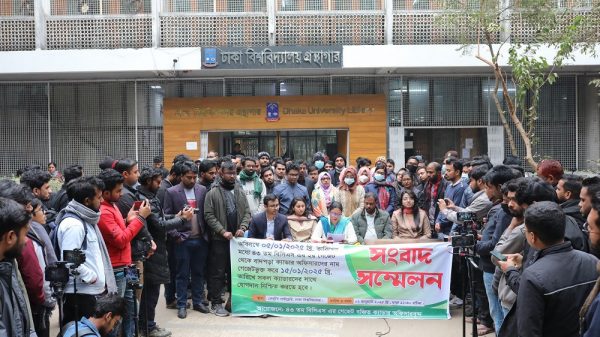







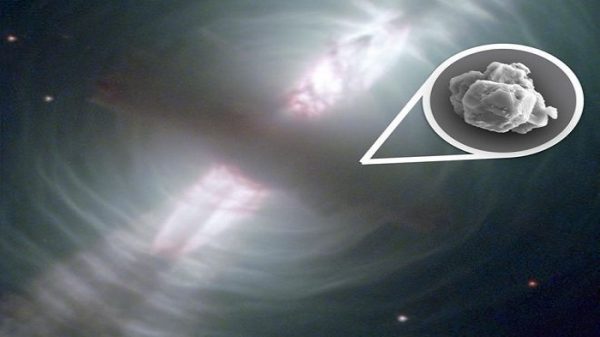






Leave a Reply